Product Description
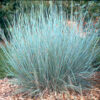

Sorghastrum nutans – Indian Grass
Native/Non-native – Native
Hardiness Zone – 4-9
Sun – Full sun to partial shade
Moisture – Dry to moist
Size – 4-6′ height x 1-2′ spread
Comments
* Drought tolerant
Description
Sorghastrum nutans
Indiangrass
A vigorous native warm season grass with bluish green foliage turning a translucent yellow-deep gold fall color and bearing beautiful panicles of copper. Excellent for cut flowers.
Height3-4 Feet |
Spread2-3 Feet |
Spacing18 Inches |
Bloom ColorCopper |
USDA Hardiness Zone 2-9 |
Indiangrass Interesting Notes
Yellow Indian grass is a tall, clump-forming and vigorous growing plant for the meadow garden. The blades are blue-green and culminate in a softly textured golden-brown seed heads atop 5-8’ tall plants. From August through October, it produces flowers and seedheads that appear golden in the sunlight. Sorghastrum nutans thrives in full sun with moist, rich, calcareous soils and is very drought resistant. It looks best when planted in masses or used as a vertical element in the mixed wildflower meadow with Schizachyrium scoparium, Andropogon virginicus, Andropogon gerardii, Asclepias tuberosa, Rudbeckia fulgida and Echinacea purpurea. – Mt. Cuba Center
Indiangrass is recommended for use as an accent in landscapes where North American native species are preferred over exotic ornamental grasses such as Miscanthus, fountaingrass or pampas grass. Indiangrass is widely used in large scale roadside plantings and revegetation, prairie restoration, rangeland improvement, and erosion control projects since it grows well on disturbed sites and produces abundant seeds that are readily harvested and easily sown by hand or machine. When it is in active growth, Indian Grass makes a nutritious pasture grass rich in protein and vitamin A. The forage value of Indian Grass decreases rapidly later in the season however, and it is regarded as a low quality supplemental pasturage in the fall and winter. Indiangrass does not make very palatable hay and decreases in density if cut at the hay stage, so this use is not recommended.
Indiangrass is a wonderful drought resistant meadow grass that is a legitimate and desirable native component in most eastern North American grasslands. It may be grown intermixed with native cool season grasses as well as with comparably assertive wildflowers and warm season grasses. Indian Grass is an aggressive competitor. Don’t plant it amongst fragile
wildflowers! Indian Grass attracts wildlife too. Bees come to the blossoms, songbirds and small mammals eat the seeds, and deer browse the foliage. It also provides excellent nesting sites and cover for pheasants, quail, mourning doves, and prairie chickens. (http://www.floridata.com/ref/S/sorg_nut.cfm)
Sorghastrum nutans Growing and Maintenance Tips
Can grow in a wide range of soils, but prefers rich, silty-loams in full sun. Tolerant of Drought, cold, acidity, salinity and heavy clay soils. Self seeds readily. Cut back to reduce spread by seed. Propagate by seed or division in spring. Best used as an accent, in naturalized meadow gardens, or in the perennial border. Also utilized for erosion control and restoration.



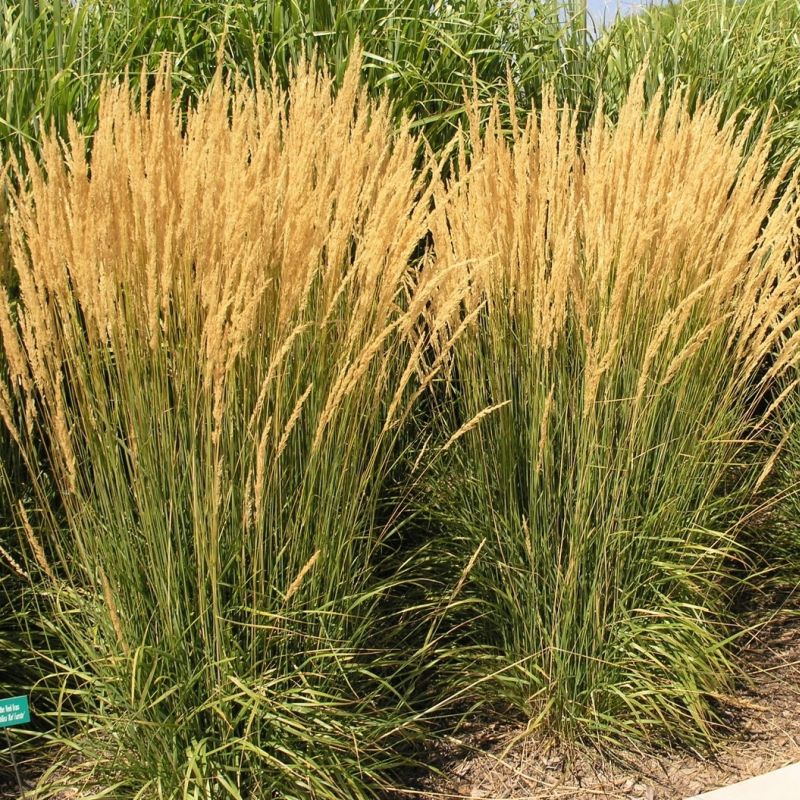
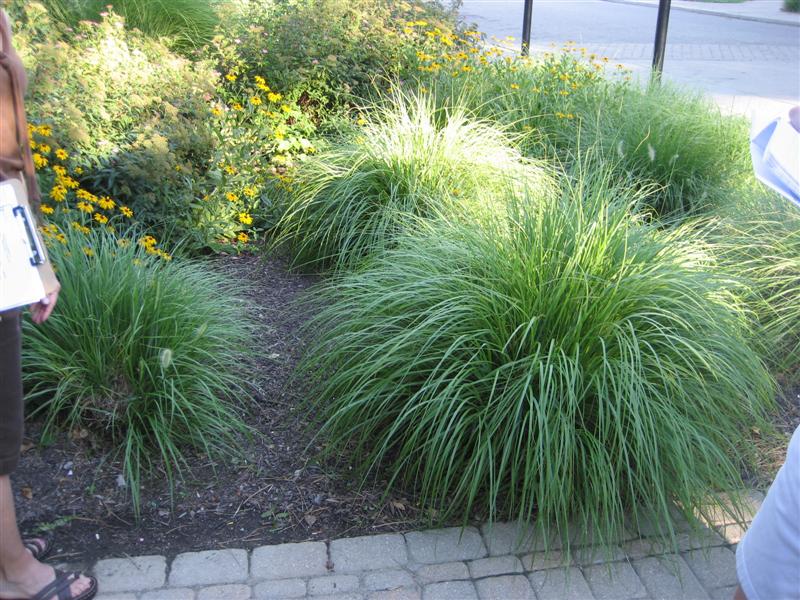
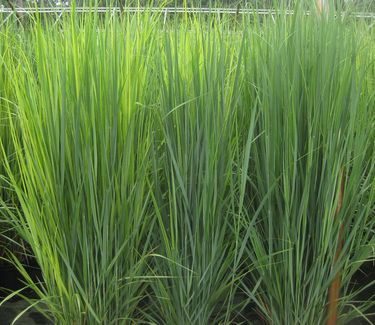

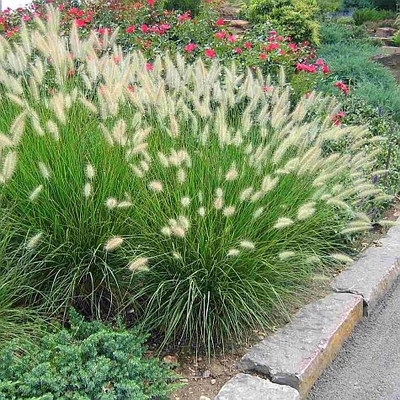


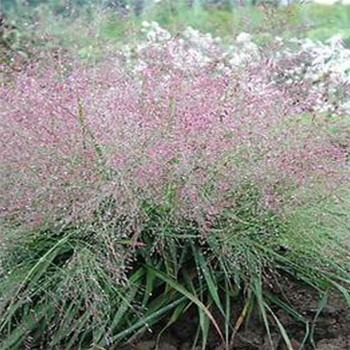
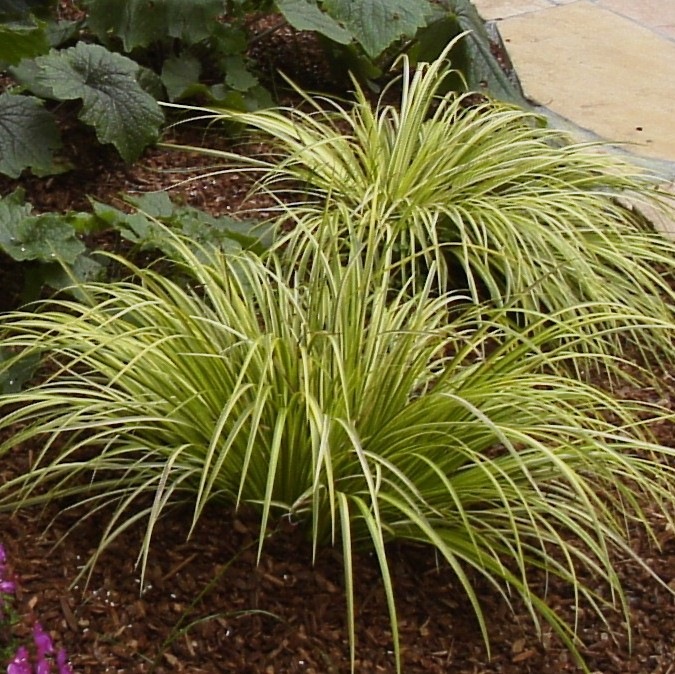
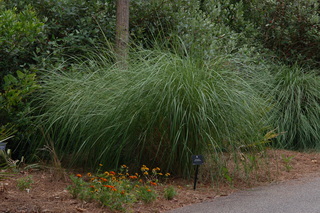
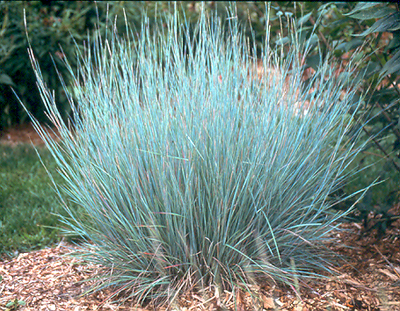
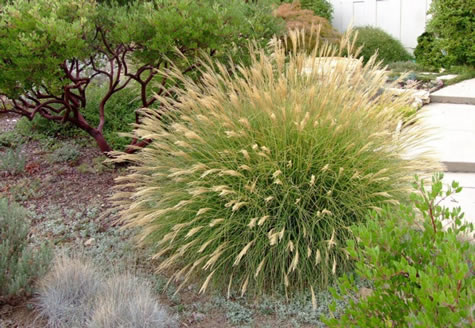

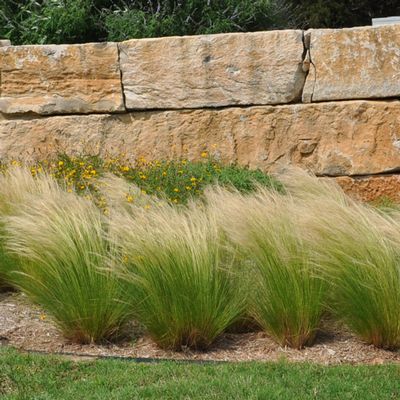
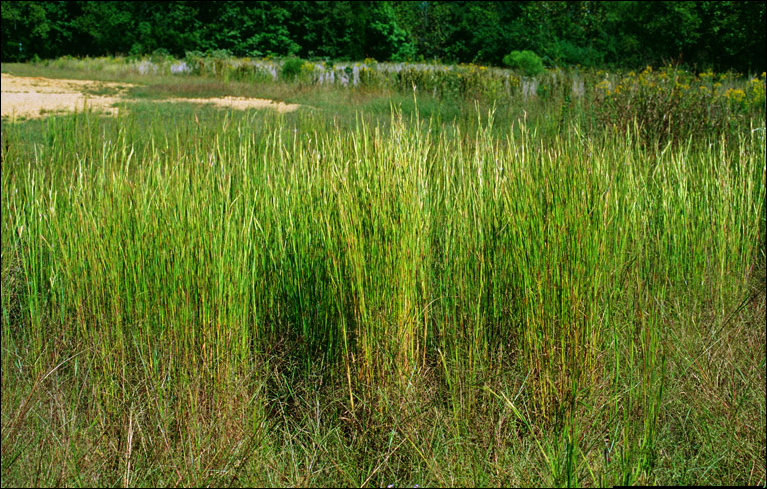

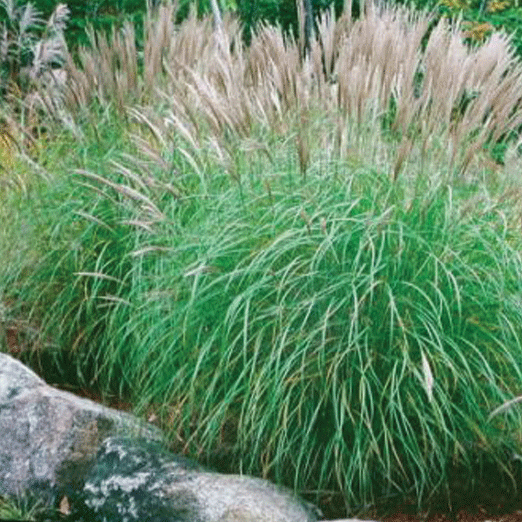
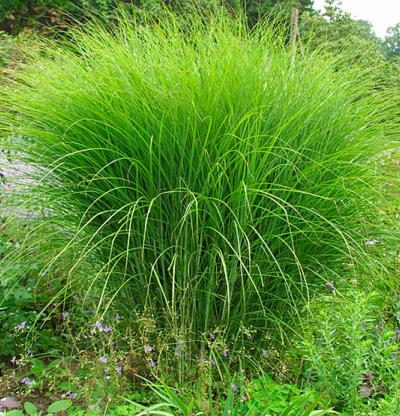

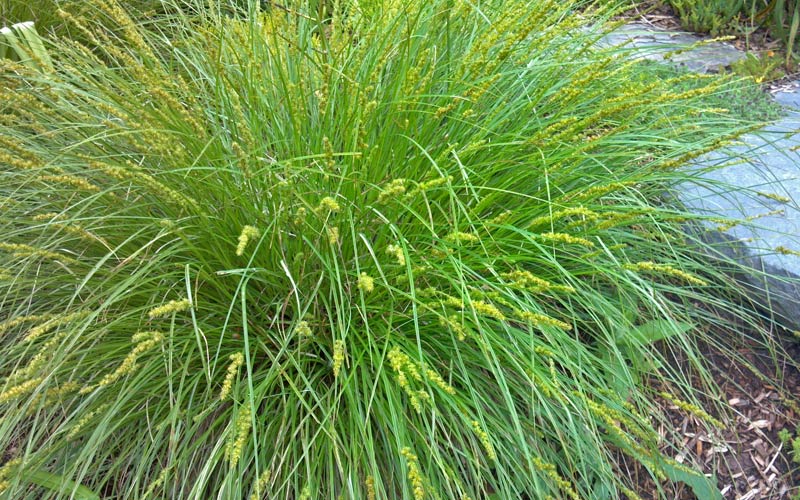

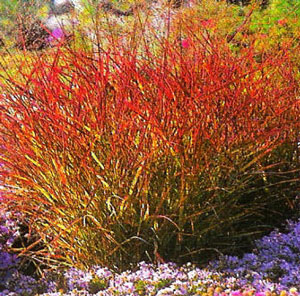
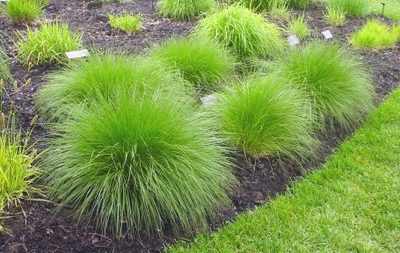
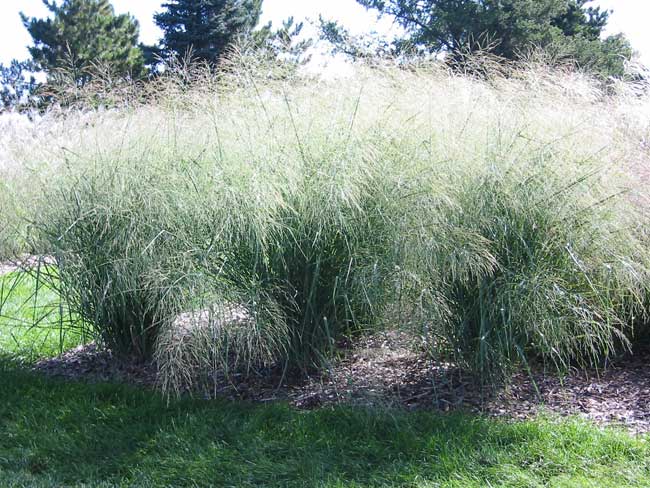
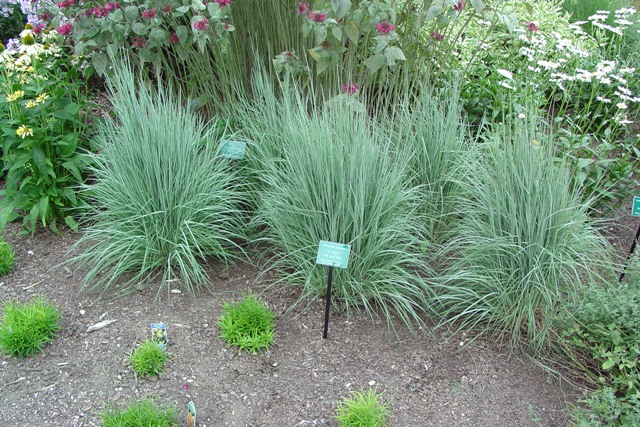
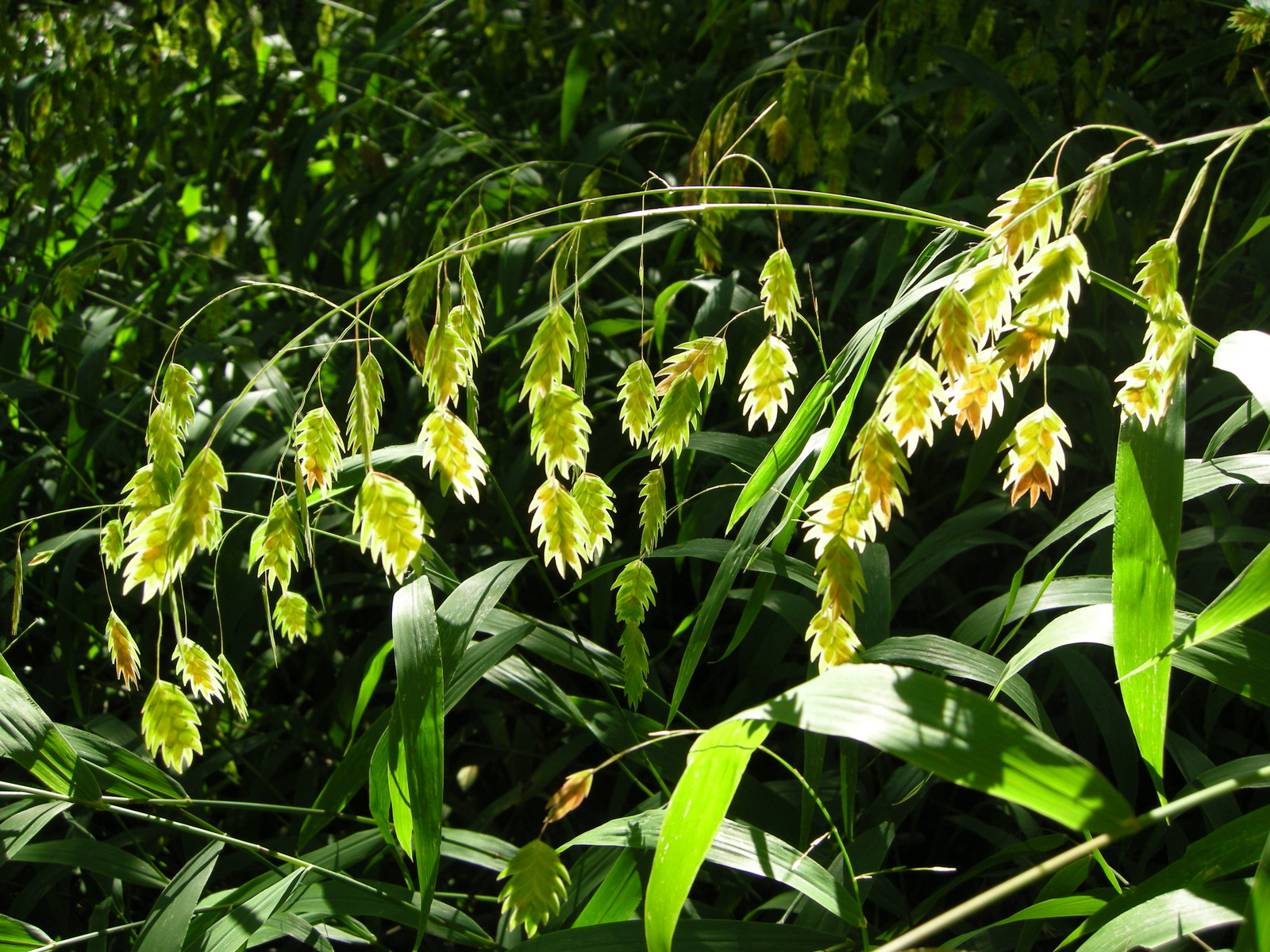

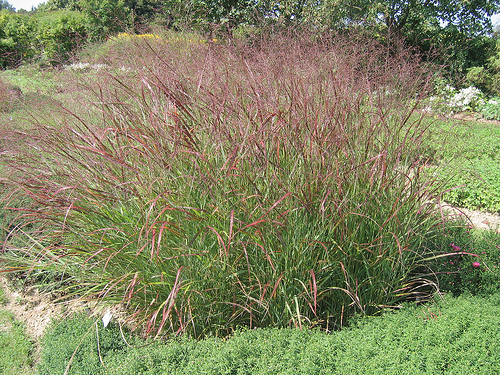
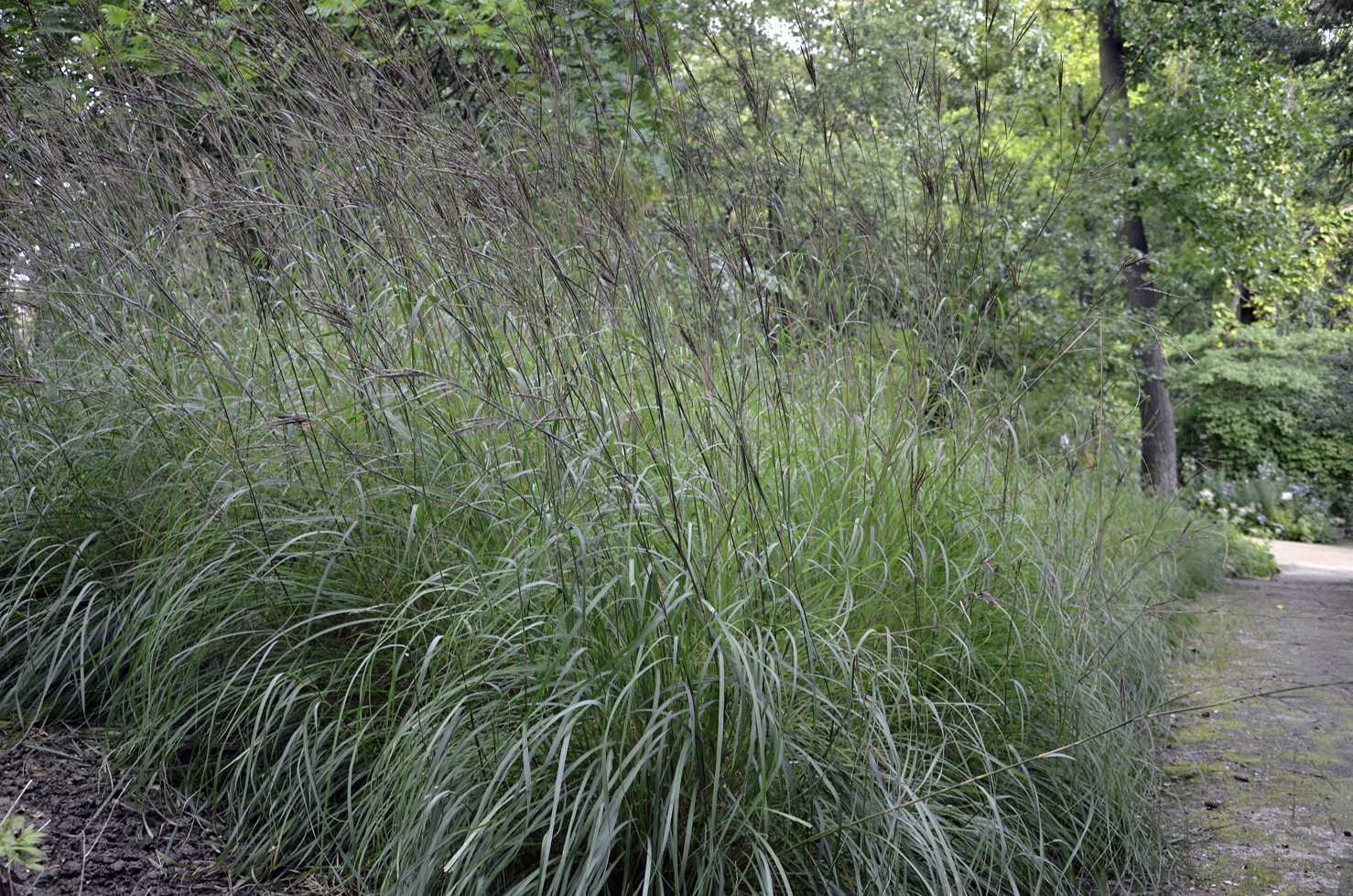


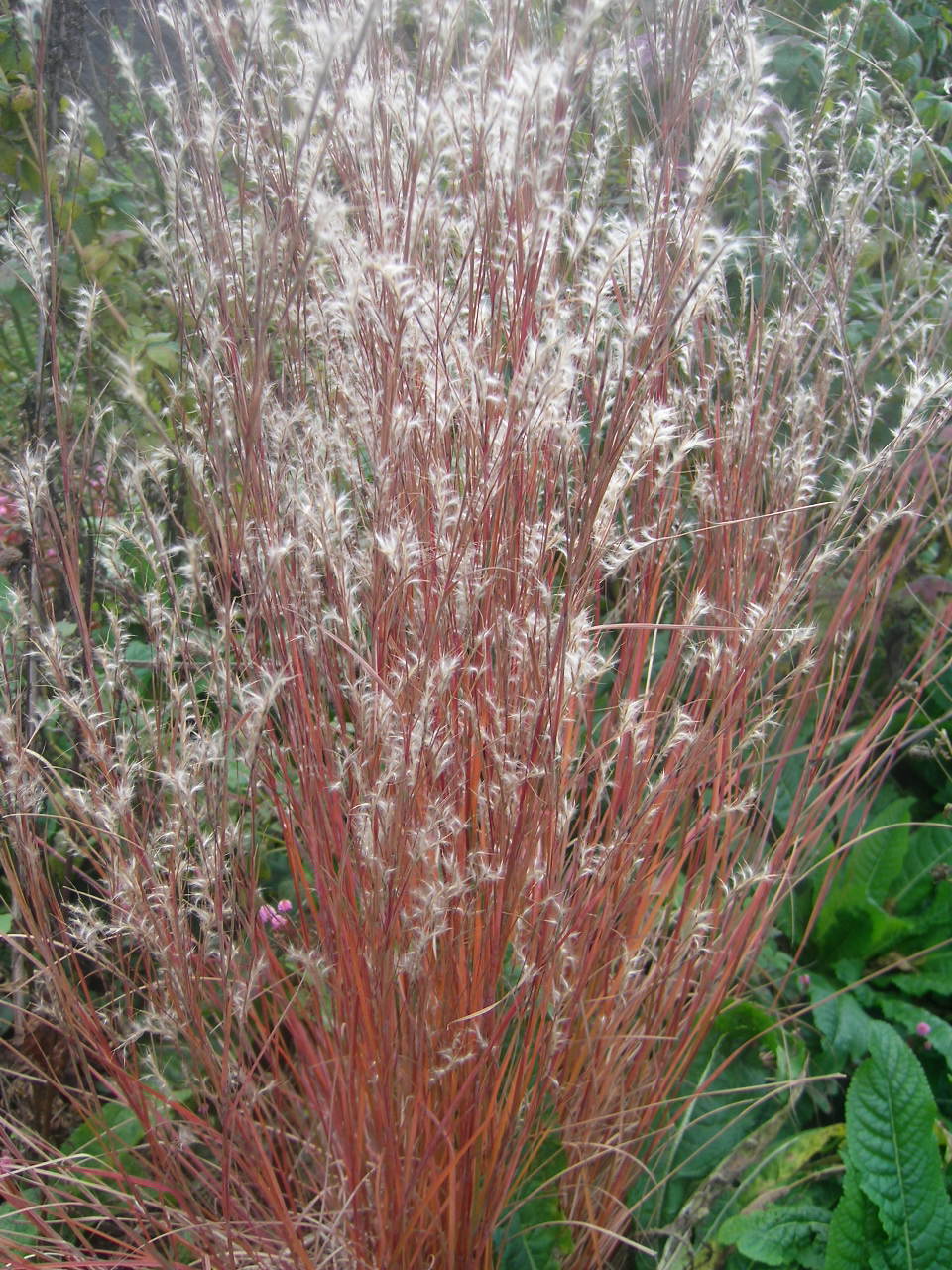
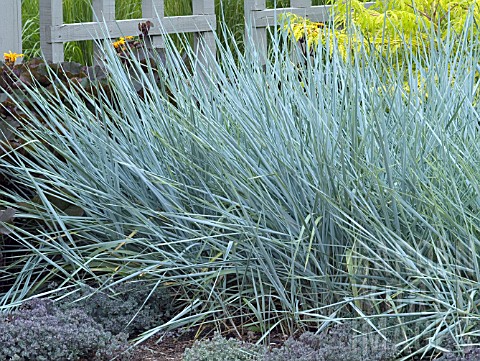
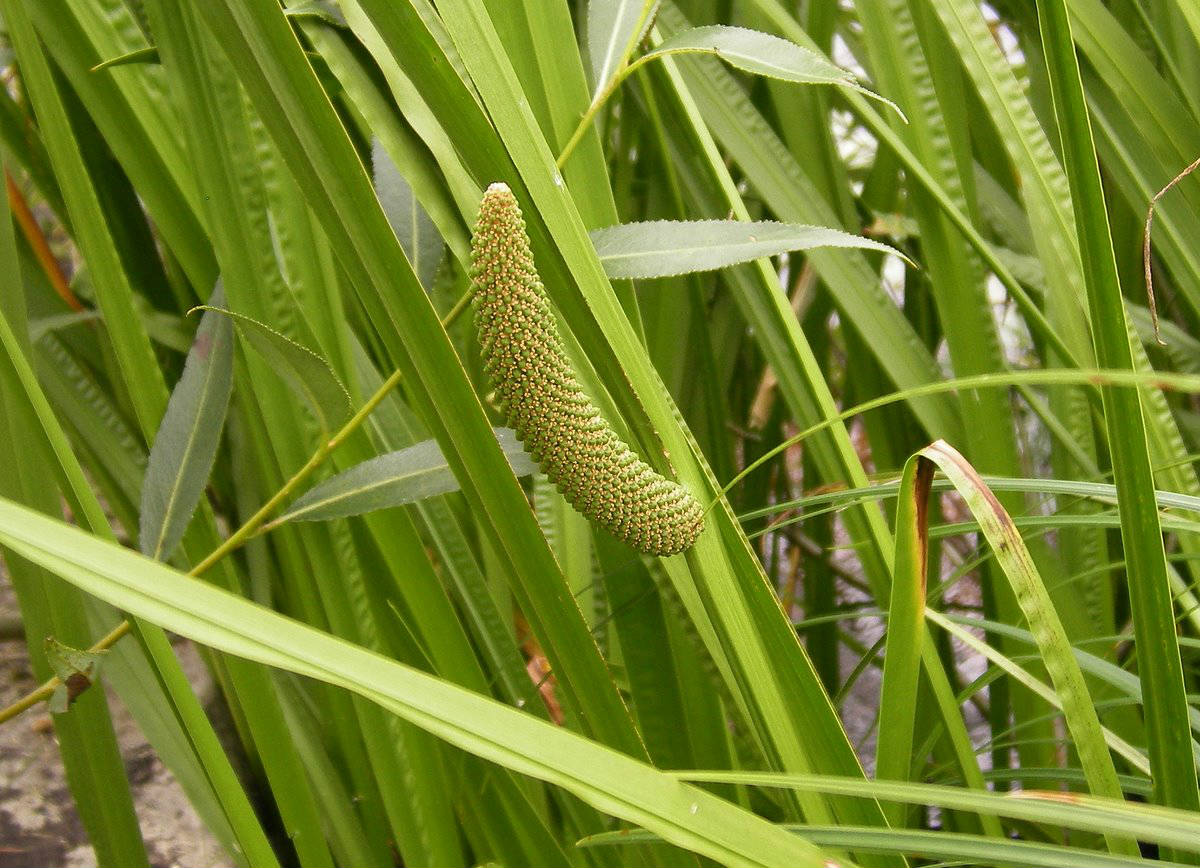
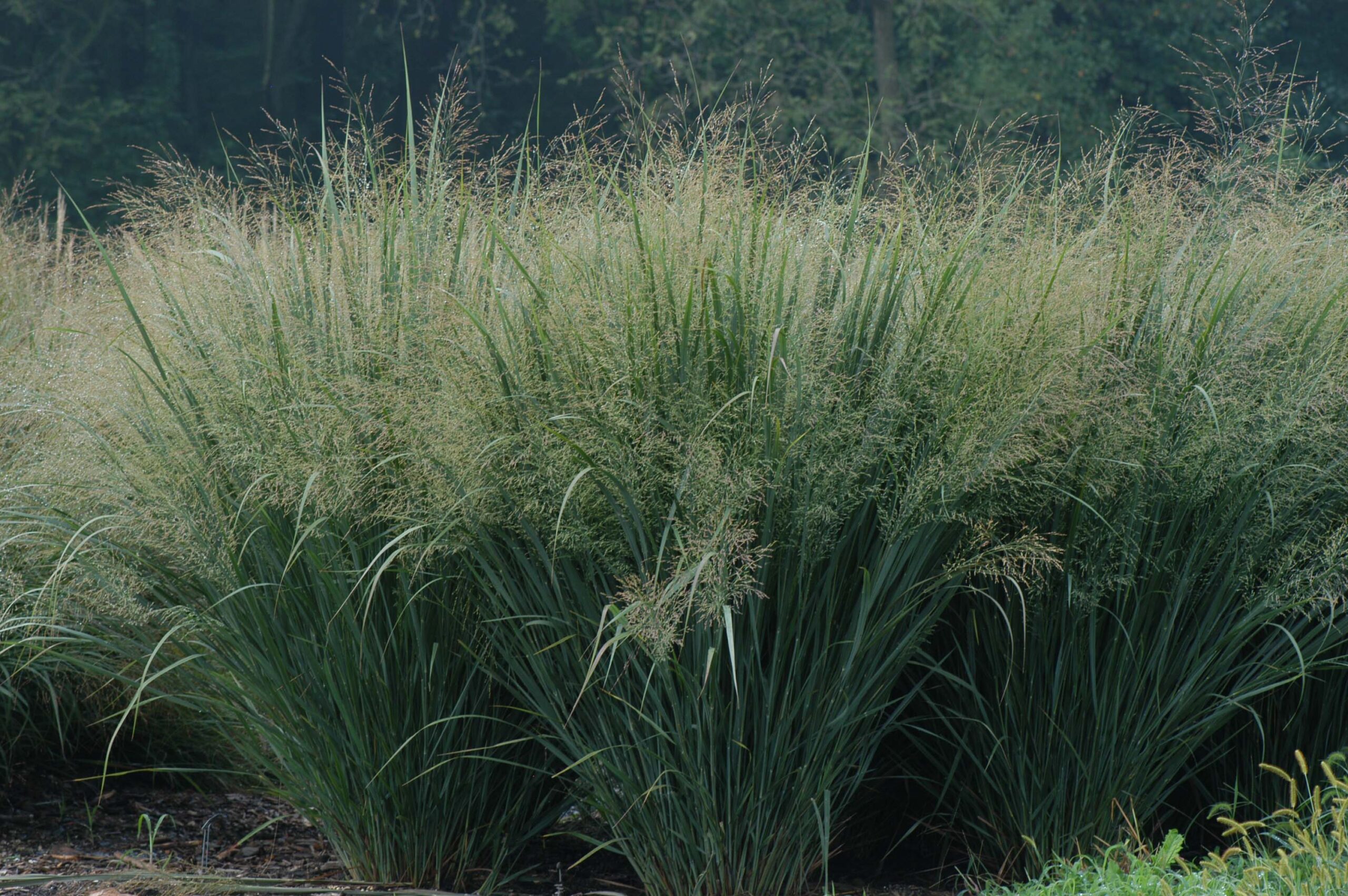
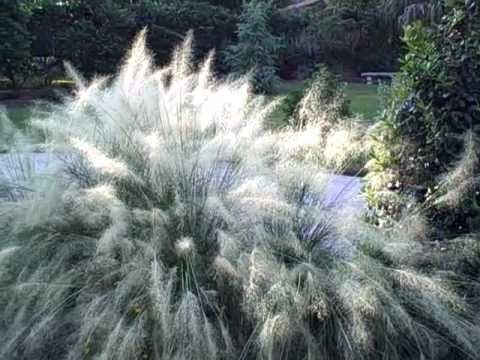
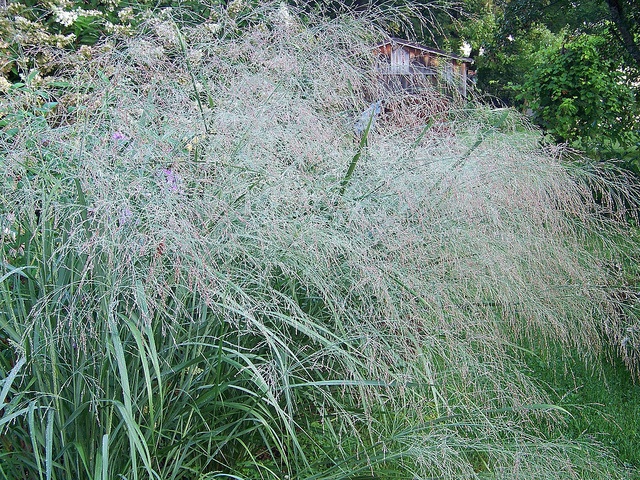
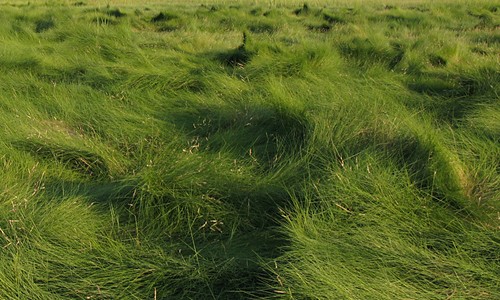
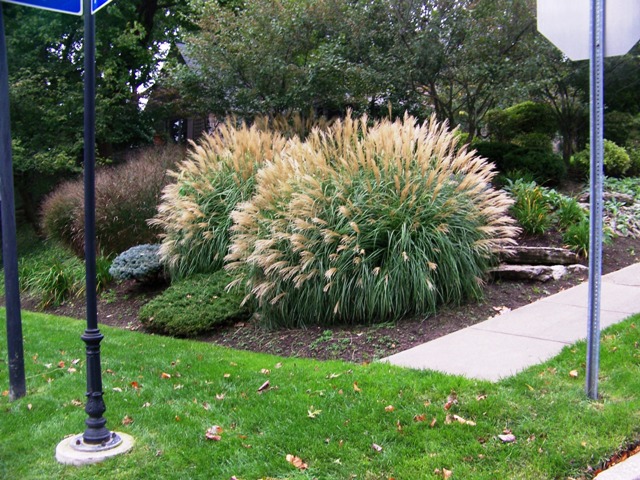



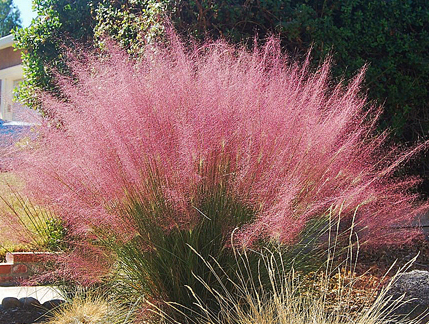
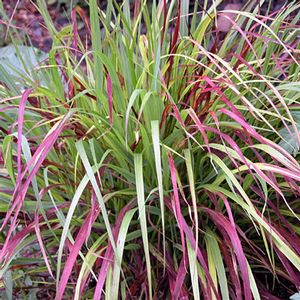
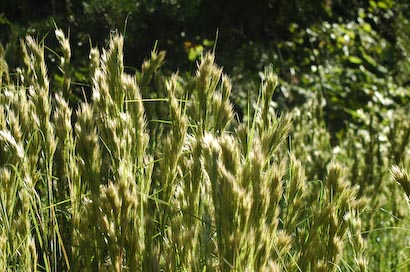

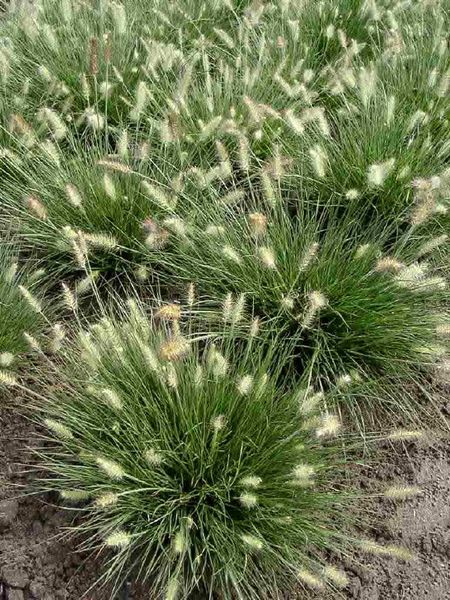
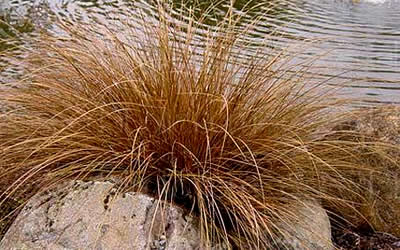
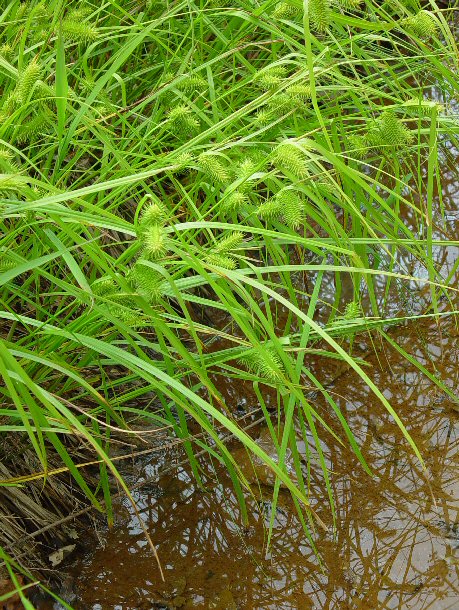
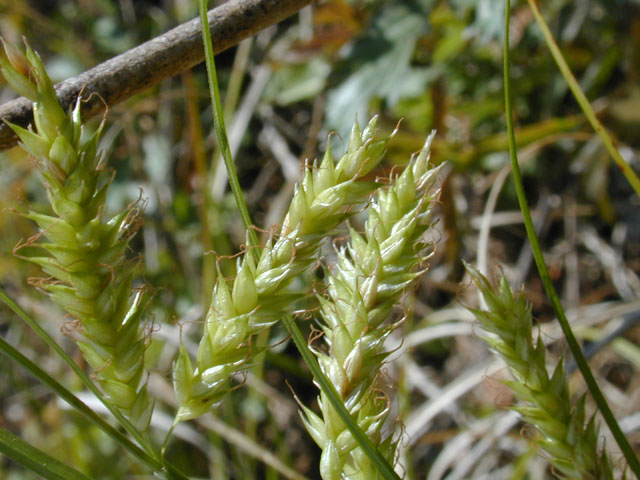
Reviews
There are no reviews yet.